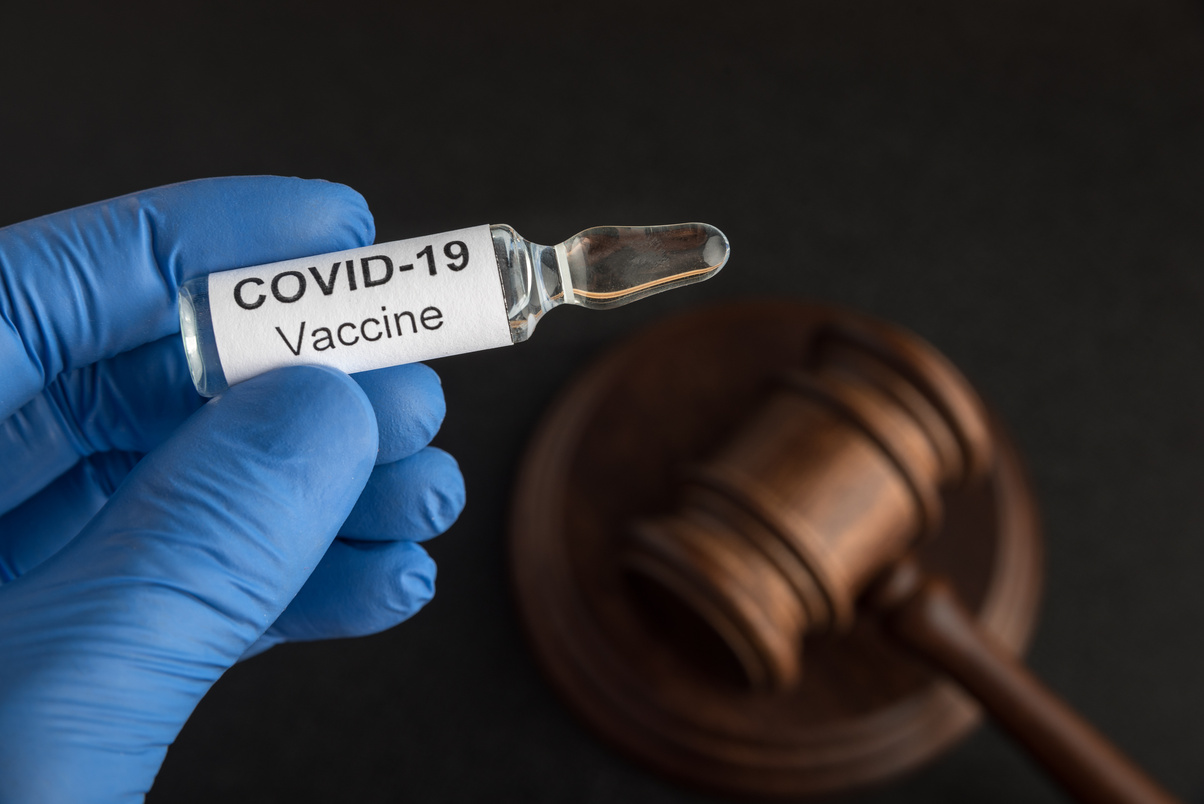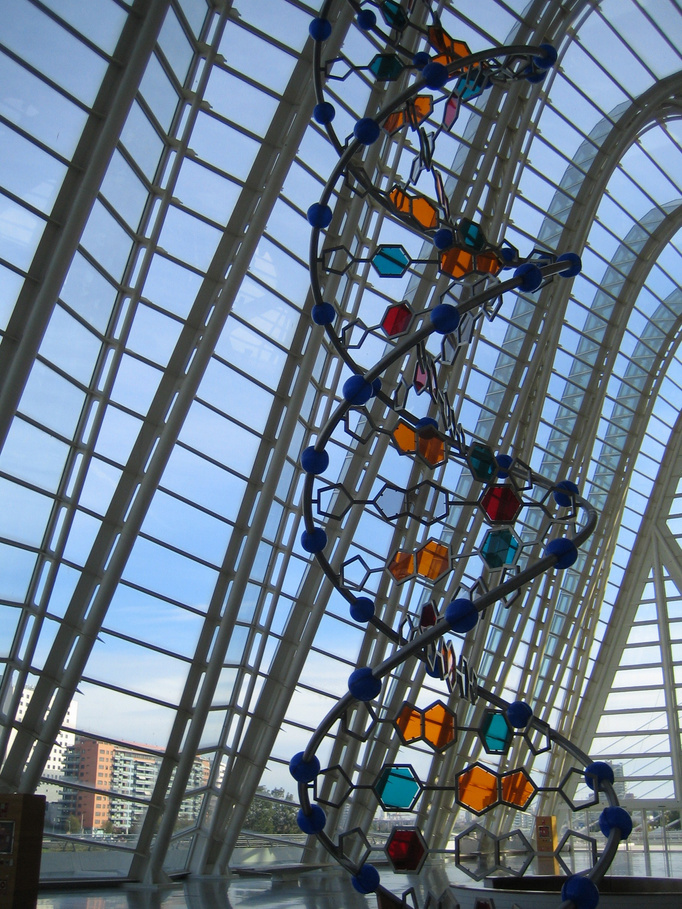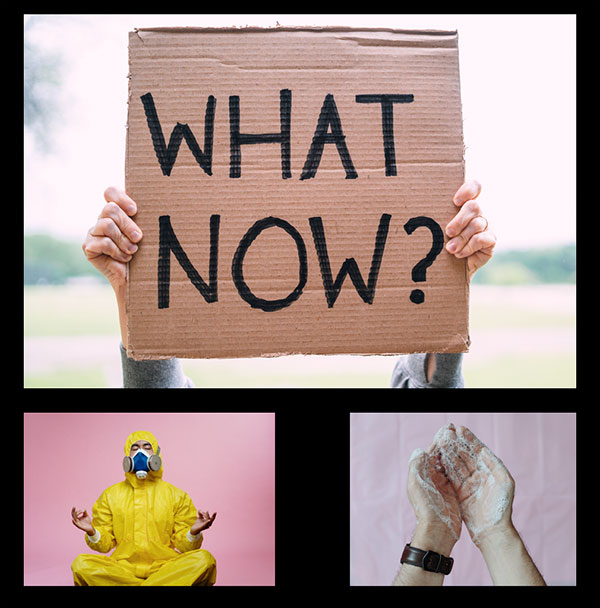2021 March: Covid-19 Vaccines

March 01, 2021 - 06:27 PM
Mt. SAC Special Edition Health Update
By: Mindy Throop, FNP, Student Health Services Nurse Practitioner
Questions
- Can We Trust a Vaccine That Was Developed So Quickly?
- What Is in the Vaccines?
- How Do the Vaccines Work?
- Will These Vaccines Alter My DNA?
- Will the Vaccine Give Me Covid-19?
- Do I Need the Vaccine if I Have Already Had Covid-19?
- Why Do I Need the Vaccine if the Survival Rate Is So High?
- Do I Still Need to Social Distance and Wear a Mask Once I Have the Vaccine?
- When Will the Pandemic Be Over?
The Truth About COVID-19 VACCINES
We now have three vaccines, produced by Pfizer, Moderna, and Janssen/Johnson & Johnson, that are being administered to the U.S. population. These vaccines are different than any vaccines we have had in the past. While it is very exciting that there is hope we will move through this pandemic, appropriately, there are questions and speculation surrounding how the vaccines work, their efficacy, and their safety. Let’s dig into the science of what we know and don’t yet know, while exploring some myths and answers.

Question #1: Can we trust a vaccine that was developed so quickly?
There were no shortcuts taken in producing these vaccines. While it is the first time
this technology has been used in a vaccine for the public, the research and technology
conducted on the Pfizer and Moderna vaccine strategies have been studied for more
than 30 years for other viruses, as well as in cancer to target and eliminate cancer
cells. The technology has been tested in several animal models and has been proven
to be safe and effective. There have also been rigorous clinical trials with tens
of thousands of human volunteers. The Janssen/J&J vaccine uses a more common virus-based
technology. Enough data was collected for all three vaccines within a period of a
few months for the U.S. Food and Drug Administration (FDA) because of the pandemic;
an independent panel of vaccine experts, as well as panels of international experts,
scrutinized the results and agreed that they are safe and effective for emergency
use. There will be ongoing studies for several years to collect data about long-term
effectiveness and changes necessary for coverage of the virus mutations.
Question #2: What is in the vaccines?
All three pharmaceutical companies have published their ingredient lists. The primary
ingredient in the Pfizer and Moderna vaccines is the COVID-19 mRNA (messenger RNA),
lipids (fats) that deliver mRNA into your cells, and a few other common ingredients
that maintain the stability of the vaccine. The J&J vaccine uses a modified adenovirus
that cannot cause infection, as well as some other stabilizing ingredients. Contrary
to information circulating on social media, there are no microchips, tracking devices,
or fetal tissue in these three vaccines.
Question #3 How do the vaccines work?
The COVID-19 mRNA vaccine instructs our cells to make a harmless piece of what is
called the “spike protein.” The spike protein is found on the surface of the virus
that causes COVID-19. Once the instructions (mRNA) are inside the immune cells, the
cells use them to make a piece of that spike protein and display it on the cell surface.
This then triggers the body to recognize the spike protein piece as foreign, and launch
an immune response to make antibodies, similar to what would happen physiologically
in our bodies if we were naturally exposed and infected with COVID-19. After the protein
piece is made, the cell breaks down the instructions and gets rid of that piece. At
the end of this process, our bodies have learned and can remember, in the form of
antibodies, how to protect against future infection.
The J&J vaccine uses an adenovirus that has been modified so it cannot replicate and
cause infection. The adenovirus is familiar and a type of virus that can cause the
common cold. The adenovirus is a vector or a means to transmit a gene from the coronavirus
into the human cells, which can then produce the coronavirus spike protein. It does
not produce the coronavirus itself. At this point the body then reacts the same way
as it does to the other two vaccines. The body recognizes the spike protein as foreign
and launches an immune response. All of this can happen without the serious consequences
of getting sick with COVID-19.
Question #4: Will these vaccinesalter my DNA?
No. mRNA (messenger RNA) is made from DNA, but it does not otherwise integrate with
our DNA. mRNA never enters the nucleus of the cell where the DNA is located. Therefore,
it cannot change our genome or who we are.
Question #5 Will the vaccine give me COVID-19?
Vaccines do not cause infection. They help your immune system recognize a disease
and fight it off. They trigger your immune system to mount a response to the infection.
As proof your immune system has been activated, you may have a couple days of feeling
fatigue, muscle aches, fever, and/or headaches. While not everyone has this reaction,
it is appropriate.
 Question #6: Do I need the vaccine if I have already had COVID-19?
Question #6: Do I need the vaccine if I have already had COVID-19?
It is not yet known how long natural immunity to COVID-19 will last. Historically,
immunity gained from Corona viruses lasts from 3 to 9 months. While at this time getting
COVID-19 more than one time is uncommon, it is documented. It is also speculated that
COVID-19 and its regularly adapting variants will become common to our environment
and something we will learn to live with. It is recommended that you still get the
vaccine to make sure you are protected and boost your antibodies as much as possible.
The general recommendation for receiving the vaccine is that after a COVID-19 infection:
you must be symptom-free and may or may not wait 90 days. But you must wait 90 days
if you were treated with convalescent plasma and/or monoclonal antibodies.
Question #7: Why do I need the vaccine if the survival rate is so high?
In addition to most people recovering, there are some other facts to consider. The
first is your own health. More than 2 million have died. The United States leads the
world in most diagnoses and deaths. For each that have recovered, numbers have not
taken into account those that needed to be hospitalized and those with long term damage
to their lungs, heart, and brain. There are long-term health consequences that are
not yet well understood. Secondly, it is the health of others. Vaccination protects
populations, particularly those that are very high risk and/or those that cannot be
vaccinated. Just because you do not get sick does not mean you won’t give it to someone
who will be severely affected. All the people that have been very sick or died got
the disease from someone else who likely survived. We need to build a population of
immunity to end the pandemic.

Question #8: Do I still need to social distance and wear a mask once I have the vaccine?
Yes. The first reason is because to get the most protection from the vaccines, both
Pfizer and Moderna require a two-step vaccination. After the first vaccine, there
is a waiting period of 21-28 days, depending on which one you get, before receiving
the second vaccine. Additionally, immunity takes approximately ten days post-vaccination
to develop, to be as robust as possible; it is not immediate. While the J&J vaccine
is a one-step vaccination, its efficacy at this time is about 77% at 14 days and 85%
and 28 days, about 10-12% less than the other two vaccines. Additionally, data is
still being collected to determine coverage of emerging variants of the virus.
Secondly, the vaccines are designed to help your body fight infection and prevent
death. It is not yet clear if and how they may prevent asymptomatic infection. In
other words, we are trying to stop people from dying or having life-changing debilitating
symptoms. This second reason will become more obvious over time as scientists determine
how effective the vaccines are at preventing disease completely. Therefore, it is
necessary to vigilantly and consistently practice hygiene, wear a mask, and social
distance. Stay tuned as these guidelines will be updated regularly.

Question #9: When will the pandemic be over?
Not soon enough. This will still take time. It will take a good portion of this year
to vaccinate as many people as possible. Vaccines are being distributed in phases
to accommodate manufacturing and give priority to those with the greatest need. To
achieve herd immunity (enough people who
cannot get sick that the virus ceases to spread), the estimate ranges from 70-90%
of individuals who need to be vaccinated.
To Conclude:
This is a lot of information. It is a starting point to process the vast amount of news, theories, hypothesis, and ideas that bombard us all daily. As the data increases every day, science will continue to ask new questions, research, and make new discoveries. This makes it difficult to stay up to date and understand what is happening. For that reason, it is very much encouraged for each person to critically evaluate the information, ask questions, and do their part to protect themselves, their families, and their communities.
References:
health.clevelandclinic.org/8-common-covid-19-vaccine-myths-explained/
www.cdc.gov/coronavirus/2019-ncov/vaccines/8-things.html
www.cdc.gov/coronavirus/2019-ncov/vaccines/different-vaccines.html
www.cdc.gov/coronavirus/2019-ncov/transmission/index.html
www.cdc.gov/covid/vaccines/
www.jnj.com/innovation/questions-about-johnson-johnson-investigational-covid-19-vaccine

